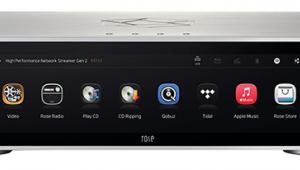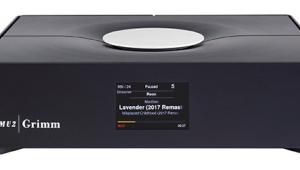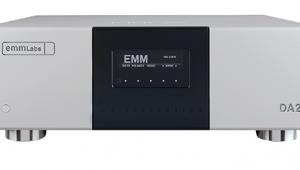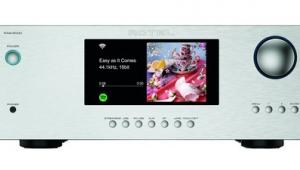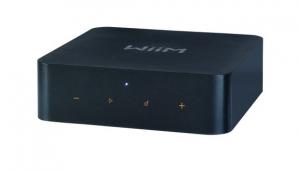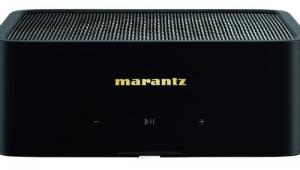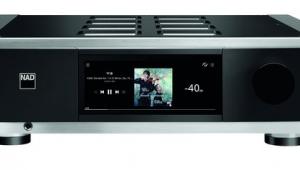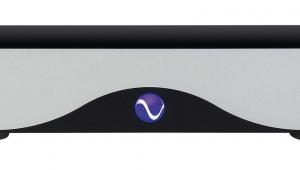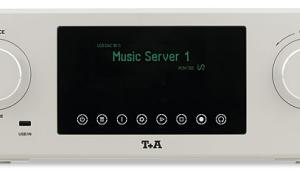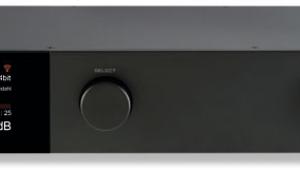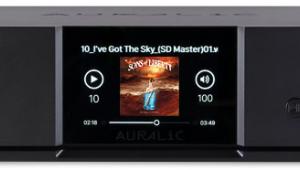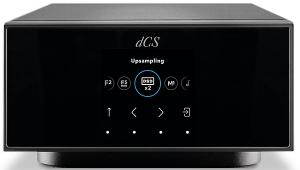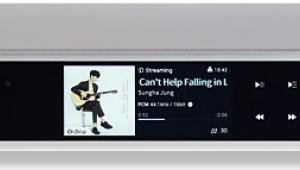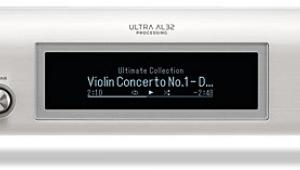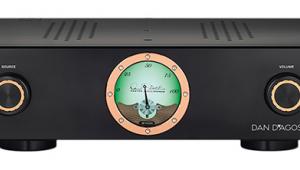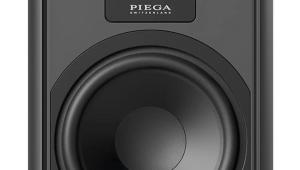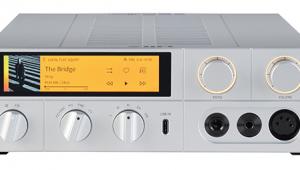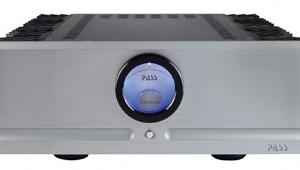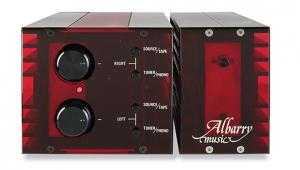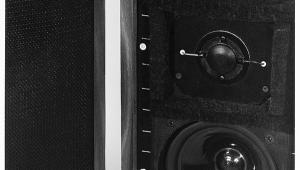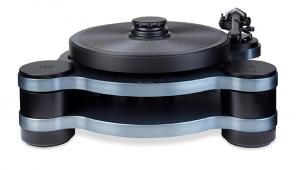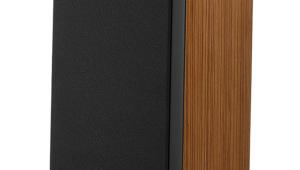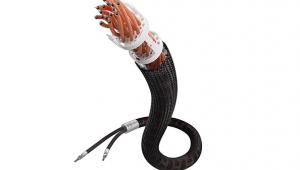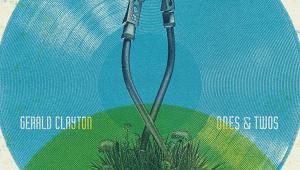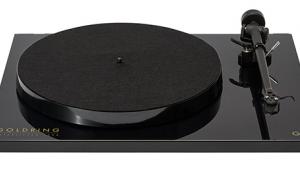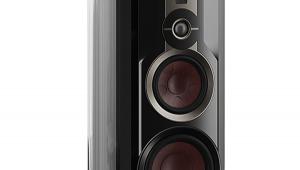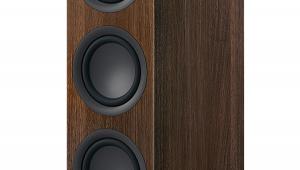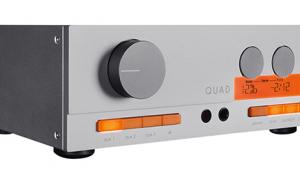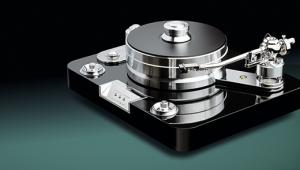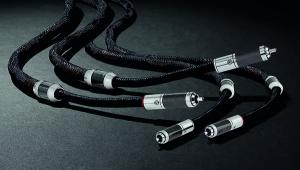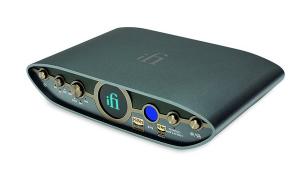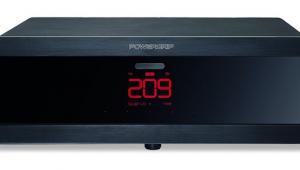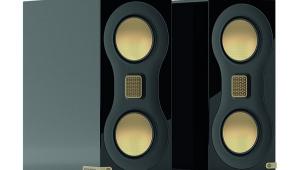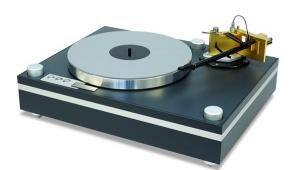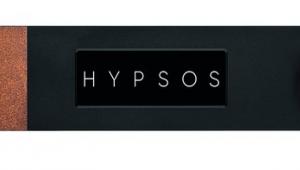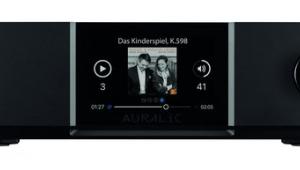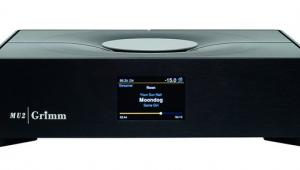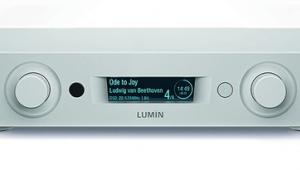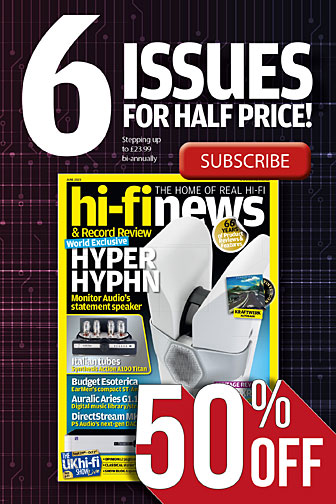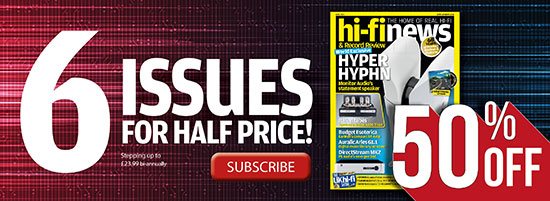Roon Nucleus Titan Music library/server
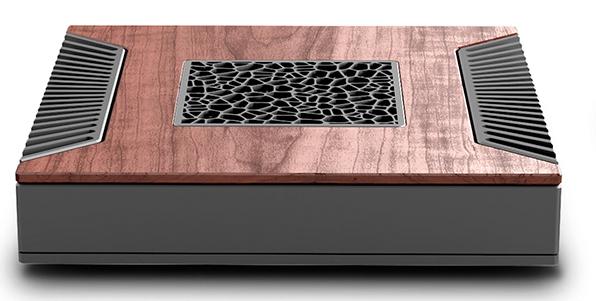

At the UK Hi-Fi Show Live in Sept ’24, during a chat with an industry colleague, our discussion moved on to Roon. His opinion was, ‘you either love it, or you haven’t used it yet’. Such is the passion for this music management system among those who have invested in it. And now Roon is offering the ultimate investment, in the shape of its £3899 Nucleus Titan server.
Like the previous Nucleus and Nucleus+ models [HFN May ’18], which debuted some seven years ago, the Nucleus Titan and another new unit, the entry-level Nucleus One (£599), are devices dedicated to running Roon’s Core server software. Before the company embarked down this hardware path, some Roon users would simply install the software on a standard PC or Mac, while others favoured building a custom server using the Roon Optimised Core Kit (ROCK). The Nucleus range is Roon’s own version of that DIY approach – a turnkey solution aimed at those with ‘no computer or networking skills’. It also pledges to deliver the best quality user experience and audio performance.
Digital dexterity
What haven’t changed are the basics. Roon, which since 2023 has been owned by Harman International but continues to function as a ‘standalone business unit’, is a paid-for music playback/curation platform. Pricing is in US dollars, either via monthly ($14.99) or as a yearly ($150) subscription, or for those completely swayed by Roon, a one-off lifetime licence ($829). The software, artfully presented on the Roon remote app for smartphones, tablets and desktop [see boxout], handles playback of digital files from network shares or local storage, streams from the Tidal, Qobuz and Taiwan-based KKBox music services, and Internet radio.
There’s more to it than that, of course. Roon also optimises playback to suit the capabilities of your audio hardware. Devices certified as Roon Ready, of which there are now thousands [see https://roon.app/en/partners], integrate RAAT (Roon Advanced Audio Transport) technology, and it’s this that instructs Roon’s Core software to instigate on-the-fly transcoding and resampling to avoid any ‘mismatches’. User setting of up/downsampling, plus DSD/PCM conversion, is also possible through the software’s MUSE DSP suite, in addition to parametric EQ, a choice of digital filters, digital headroom (intersample clipping protection), and more.
Measuring 28x6x28cm (whd), the Nucleus Titan is smaller than you might imagine – especially given its name. It’s also considerably smarter than Roon’s earlier black box-type servers. The machined aluminium enclosure has distinctive cooling fins on either side and a latticed inlay on its top-surface, and is offered in three eye-catching finishes: metal, wood, or a stone-effect composite. The device is also hefty, at 3.2kg.
Silicon secrets
A connections bay, recessed under a hood on the rear panel, has Ethernet and power inputs, the latter for a bundled and rather ‘basic’ 19V/60W external PSU brick – considering the Nucleus Titan’s audiophile market, buyers might want to add a dedicated third-party power supply, such as Ferrum Audio’s Hypsos [HFN Mar ’21]. Other inputs/outputs comprise audio-only HDMI, for use with an AV receiver (Roon supports multichannel file playback to 7.1), and four USB ports (2x USB-A, 2x USB-C) for linking external storage, or the Nucleus Titan to a USB DAC. Remove the base plate and you’ll find a bay and SATA connection for installing local SSD storage, up to 8TB.
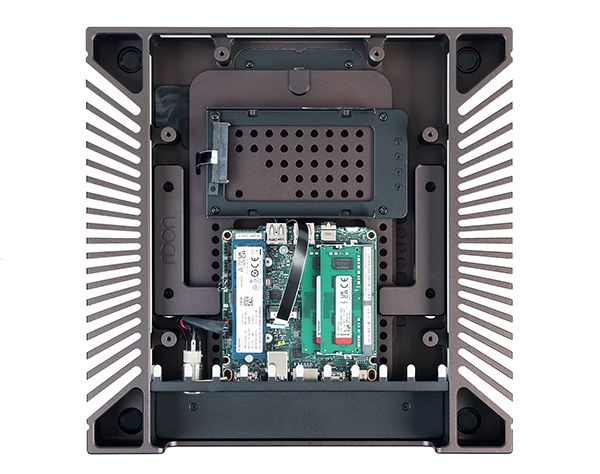
But what else is under the bonnet? Roon is coy about the hardware, saying only that the Nucleus Titan improves CPU performance over the Nucleus+ model by 36%, offers a similar boost in power efficiency, and increases RAM speed and memory bandwidth by 80%. This looks to be achieved with a 13th generation NUC (Next Unit of Computing) mainboard, just as its earlier models were essentially NUC-based mini PCs.
The Titan’s processing power is one area where it differs from the step-down Nucleus One, supporting a greater number of tracks and albums (over 100,000 and 10,000, respectively) and more simultaneous playback zones. Additionally, the Nucleus One does not support all the DSP options available via the Titan, while it uses an internal cooling fan, features far more prosaic casework, and has a reduced number of USB and HDMI connections.
As advertised, Roon’s new server is supremely easy to engage with. The power button around the rear lights up blue once pressed, which is useful or you’d otherwise have no way of knowing if the device was switched on. It runs silently, and those heatsinks are very effective at keeping the casework cool to barely warm.
The elephant in the room is that there’s nothing about the internal workings of the Nucleus Titan that a computer-savvy audiophile couldn’t assemble themselves. What this model offers, on the other hand, is a true plug-and-play solution. Yes, you could achieve the same for less if you did it yourself, but it wouldn’t be anywhere near as pretty, would most likely have a noisy fan… and you probably wouldn’t want it anywhere near your hallowed hi-fi rack.
![]() Suitably epic
Suitably epic
As with any device of this kind, the question of ‘how does it sound?’ is not easily answered. PM’s Lab Report [see PM's Lab Report] shows the Nucleus Titan’s architecture can bring measurable reductions in jitter and noise when the device is used into an external DAC, compared to the same DAC fed from a conventional PC. This is also the case with most ‘hi-fi’ network bridge/servers we’ve tested where the subjective benefit is typically subtle, even in a revealing hi-fi system. On the other hand, the impact of the MUSE DSP options can be more tangible. What’s also important, for the end user, is that the Nucleus Titan is effectively invisible, and Roon’s software works, in our experience, without a glitch.
I used it over its USB output into a Rotel Michi P5 S2 DAC/preamp [HFN May ’24], via HDMI into a Marantz NR-1710 receiver, and wirelessly to various Chromecast- and Apple AirPlay-enabled devices around my house. I was quickly smitten by having in-the-palm access to my music library of around 11,000 tracks (once Roon’s software had finished cataloguing the collection), plus Internet radio and Qobuz. Establishing multizone playback was easily done, except for Chromecast devices, which require the separate Google Home app.
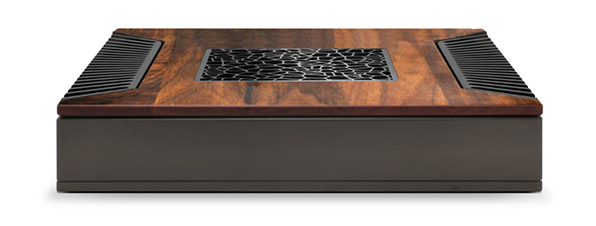
Playing Santana’s cover of George Harrison’s ‘While My Guitar Gently Weeps’ [The Greatest Guitar Classics Of All Time; Arista], there was no sense that the Nucleus Titan was getting ‘in the way’. Rather, through the Rotel preamp, a Primare A35.2 power amp [HFN Dec’19] and Bowers & Wilkins 705 S3 Signature speakers [HFN Aug ’24], it sounded suitably epic and beautifully varied, with the twangy vibrato of Santana’s acoustic guitar, and the sinewy cello of Yo-Yo Ma, set against deep, tight thuds of bass. The voice of singer India Arie filled the entire soundstage. I stopped taking notes and started playing air guitar, which is exactly how it should be.
Perfect storm
The same album features Santana and Chester Bennington (of Linkin Park) covering The Doors’ classic 1971 ‘Riders On The Storm’, with fuzzy guitar licks well-defined amidst a bigger picture of psychedelic noodling. The melodious bassline on this track is quite low in the mix, so turning to the parametric EQ menu of Roon’s MUSE DSP offered an easy fix, giving some extra presence to the very low end.
This EQ platform, with multiband customisation of frequency, gain and Q factor, plus a choice of filter types (peak/dip, high pass, low pass, band pass, etc), is fun to ‘play’ with, if likely far too involved for most users. Perhaps more beneficial is the MUSE speaker set-up tool, which can set delays to compensate for differences in speaker distance/level. And owners of Audeze headphones will be interested in the software’s specific settings for over 20 models.
Many audiophiles are used to experimenting with digital filters, and Roon offers its own if ‘Sample Rate Conversion’ has been enabled in MUSE. Choosing between ‘precise’ and ‘smooth’ versions of the linear phase and minimum phase filters while listening to Red Hot Chili Peppers’ ‘Under The Bridge’ [Blood Sugar Sex Magik; Warner Bros., 96kHz/24-bit] yielded some very slight changes in presentation. Equally, comparing tracks played through the Nucleus Titan into Rotel’s USB DAC, to ones played via USB straight from a MacBook running Roon Core, revealed a little more solidity and detail, such as on the acoustic guitar and gentle basslines to ‘I Could Have Lied’.

Being able to play whatever file types you have on any connected device, due to Roon’s transcoding and resampling, is another benefit. I streamed Pink Floyd’s ‘Money’ [The Dark Side Of The Moon; EMI] in DSD64 via Chromecast into a Harman/Kardon Citation wireless speaker, the signal path descriptor in the Roon software revealing a conversion process involving DSD to 384kHz PCM, and then to 44.1kHz, and from 64-bit to 24-bit.
However, as already discussed, given that most functionality here is also available on the cheaper Nucleus One, the Nucleus Titan may still elicit a shrug of the shoulders from some. On the other hand, there’s no denying it looks and feels lush, is as quiet as a church mouse, and delivers all the power of Roon’s slick software without you lifting a finger. Moreover, if audio quality is your chief concern, then the Nucleus Titan is Roon’s apex offering.
Hi-Fi News Verdict
Roon’s original Nucleus models did little to hide their ‘mini PC’ origins, so the appealing design and build quality of the Nucleus Titan is welcome. Without doubt, this is the slickest way yet to integrate the music management platform into your hi-fi set-up, leaving you free to enjoy software that makes digital listening, and collecting, fun. Not keen on the price tag? Then you should check out the Nucleus One.
Sound Quality: 86%
